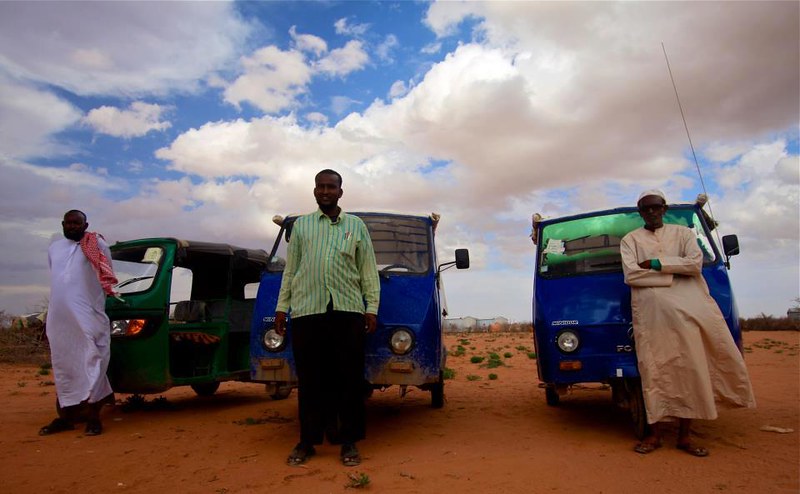Reducing Unemployment in Somalia
 Somalia struggles with one of the highest unemployment rates in the world. As of 2022, unemployment stands at 19.29%, with youth unemployment in Somalia being even higher at 34.66%. This means that more than a third of the Somalian youth are unemployed, neither in work nor education, threatening the livelihoods of many and endangering economic growth for the whole country. A significant aspect of unemployment is a lack of education- nearly half of children in Somalia do not attend school, which further limits their career prospects. Poverty remains a generational issue, with four in every five children living in some form of deprivation.
Somalia struggles with one of the highest unemployment rates in the world. As of 2022, unemployment stands at 19.29%, with youth unemployment in Somalia being even higher at 34.66%. This means that more than a third of the Somalian youth are unemployed, neither in work nor education, threatening the livelihoods of many and endangering economic growth for the whole country. A significant aspect of unemployment is a lack of education- nearly half of children in Somalia do not attend school, which further limits their career prospects. Poverty remains a generational issue, with four in every five children living in some form of deprivation.
High rates of unemployment worsen already concerning rates of poverty; more than 60% of the population live on less than $2 a day. This means many struggle to feed their families or access education or healthcare. With low employment rates looming over the country, there seems to be no way out of these cycles of poverty.
The Nation of Poets
Somalia has a chance at a different future; known as “The Nation of Poets,” the country is investing more in the arts to help reduce unemployment, especially for younger people. President Sheikh Mohamud launched the National Youth Development Initiative to get more young people into work, with the help of U.S. investments, the World Bank reports.
The World Bank defines the Orange Economy as “a range of economic activities in cultural and creative industries where the main objective is the production or reproduction, promotion, distribution, or commercialisation of goods, services, and activities of content derived from cultural, artistic or heritage origins” and it generates around 30 million jobs every year. Harnessing this area of the economy could be Somalia’s answer to unemployment.
Unemployment in Somalia
Creative industries in Somalia thrived before the civil war but declined during it – now younger people are reviving them, according to the World Bank. The arts are a particularly effective way of reducing unemployment as they offer opportunities for both women and young people, the most affected by unemployment in Somalia.
The Solutions 4 Youth Employment report notes that four areas require changes to improve unemployment rates: training and mentorship; finance and grants; access to international markets; and local community networks for self-sufficiency.
The British Council’s East Africa Arts program is helping provide necessary financial aid to fund training and support people entering the workforce, according to the World Bank. The arts can provide prospects for so many to escape cycles of poverty, through providing opportunities for women and young people, and those whose careers and livelihoods have been impacted by extreme weather and natural disasters.
Other Initiatives
Alongside this investment in the creative industries, there have also been efforts to improve employment rates in numerous different sectors. The U.N. Joint Programme on Youth Employment worked to provide both long and short-term employment for young people by focusing on key areas like agriculture, resulting in 5,000 new jobs.
Organizations like UNFPA and SOLO have been offering training to young people in Somalia to improve their soft skills, a crucial aspect of being employable. This training means that young people are ready and equipped to take up jobs that other programs are helping to create.
Investing in the arts and creative industries could help reduce unemployment in Somalia and provide life-changing chances for so many living in poverty. This focus on harnessing the skills and gifts of Somalia’s young people is instrumental in securing Somalia’s future.
– Eryn Greenaway
Eryn is based in East Sussex, UK and focuses on Business and New Markets for The Borgen Project.
Photo: Flickr
